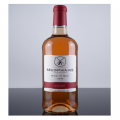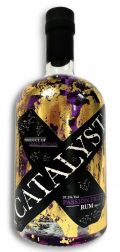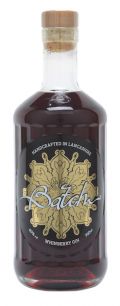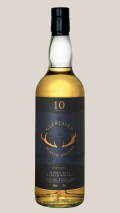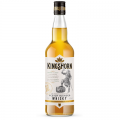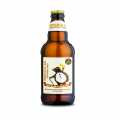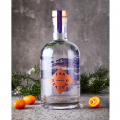The Highlands
The Highlands is the part of Scotland northwest of the Highland Boundary Fault, which crosses mainland Scotland in a near-straight line from Helensburgh to Stonehaven.
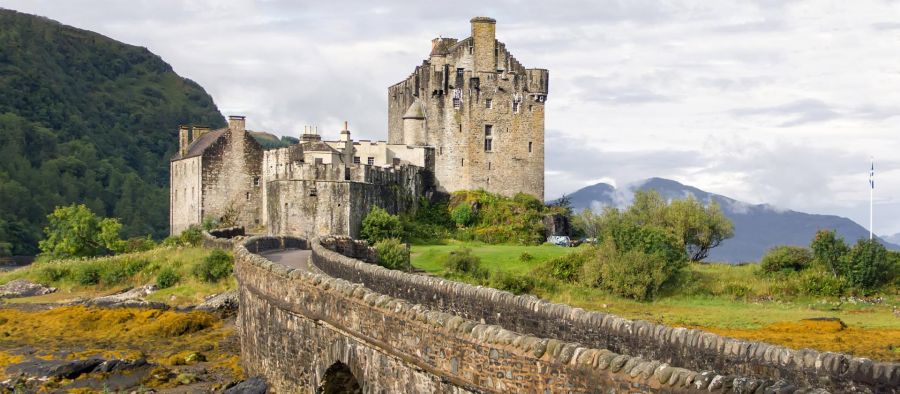
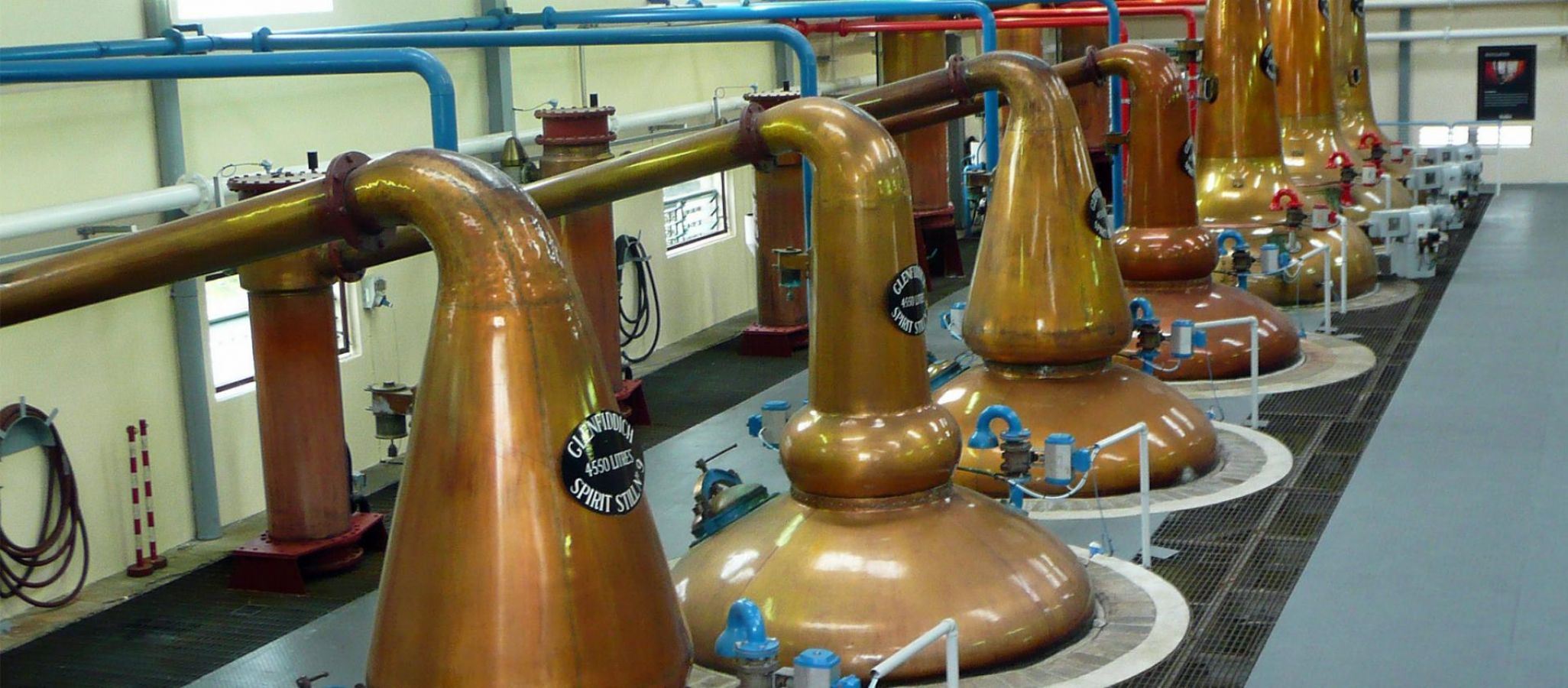
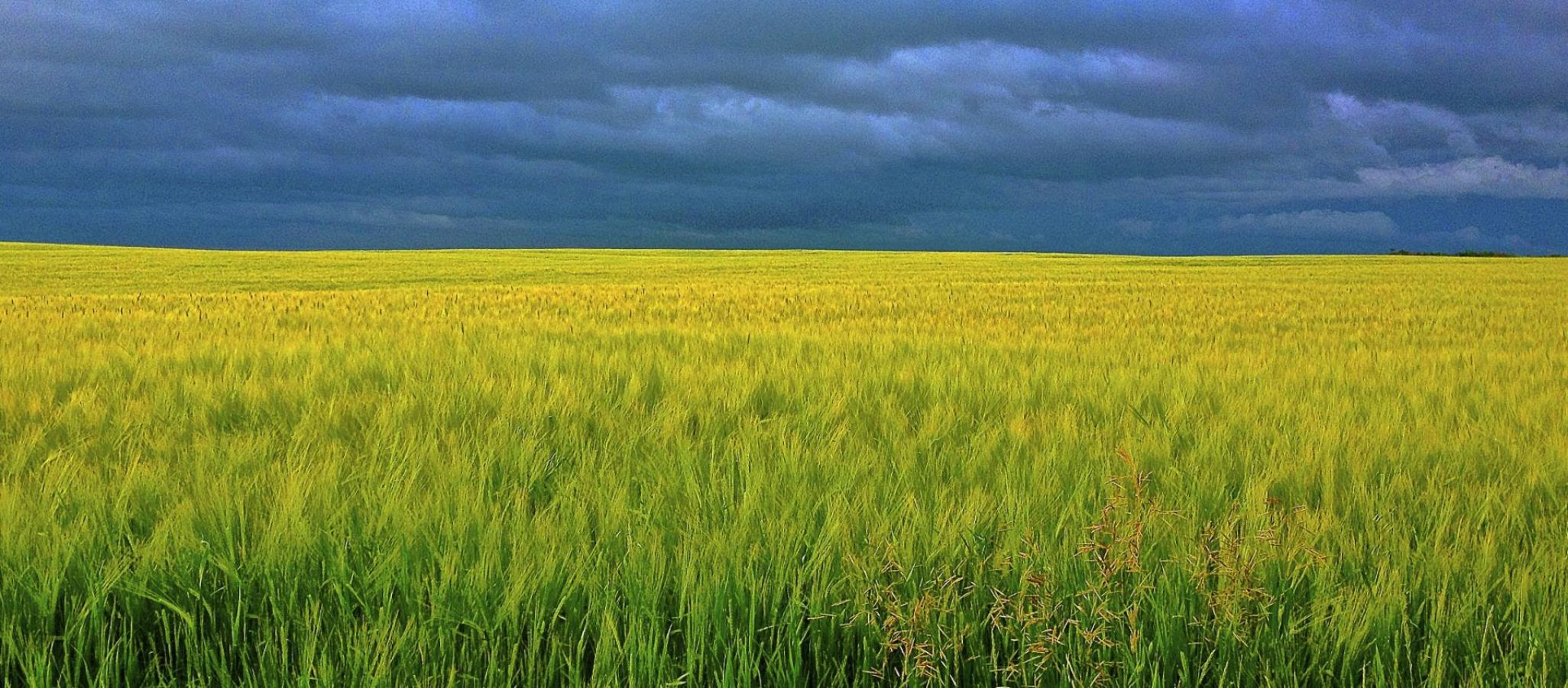
The Scottish Highlands include some of the biggest and most famous names in Scotch whisky production, including Glenmorangie, Glendronach, Oban and Dalmore. Together, the 32 distillers in the Highlands produce nearly one-quarter of Scotland’s malt whisky. When most people think of Scotch whisky, chances are that they are really thinking about whiskies from these romantic Highlands, which consist of geographical features like mountains, hills, glens, lakes, rivers and coastal inlets.
And it is precisely this geographic diversity that accounts for the many diverse styles of Highland whisky. These styles can range from rich, textured whiskies to those that are lighter, more fragrant and floral. Traditionally, the Highlands have been divided into five different sub-regions: Eastern Highlands, Western Highlands, Northern Highlands, Southern Highlands and Central Highlands. In addition, the Orkney Islands and the Isles of Mull, Jura, Lewis, Skye, and Arran are technically part of The Highlands, even if they are geographically included as part of the Island single malts.
History
The Highlands refers to the part of Scotland northwest of the Highland Boundary Fault, which crosses mainland Scotland in a near-straight line from Helensburgh to Stonehaven. The primary difference between the Highlands and the Lowlands, though, is not one of geography but, rather, of politics and history. The division involves Britain’s wars with France in the 18th century, as well as differences in taxation between the two regions. The Highlands became known as producers of high-quality Scotch whisky, while the Lowlands became known as producers of low-quality whisky that was later exported to London and transformed into gin.
Before the 19th century, the Highlands were home to a much larger population. However, emigration abroad and migration to the booming industrial cities of the United Kingdom led to a natural thinning out of the population. The area is now one of the most sparsely populated in all of Europe – a fact that only adds to the region’s romantic allure.
Styles and flavor profiles
Historically, there have been two distinct styles of Highlands whisky. The older style of whisky, which began to disappear by the 19th century, used small pot stills and a Viking variety of barley known as bere. This produced a bold, big-bodied and peaty whisky. But that older style soon gave way in the 20th century to a new form of whisky that is fruity, creamy, floral, sweet and only moderately or lightly peaty. This is the “classic” Highlands Scotch whisky, which still tends to be more robust, with more weight and texture on the palate than whisky from the Lowlands. Aging and cask barrels help to impart more of a rich, heavy, fruity, sweet or spicy profile, as desired.
Due to the unique geography of The Highlands region, each distillery has its own unique malt flavor. In terms of soil and geology commonly encountered, there is a very diverse range, ranging from hard granite to sandstone and mudstone. In addition, any difference in water source – such as rivers, springs or treated water – can make a huge impact on the overall flavor profile of the whisky. This is especially the case if the water is exposed to any of The Highlands’ peat bogs.
Barley used in the production of whisky is sourced from around Scotland. It is then malted to different specifications by different malt houses. Different strains of yeast and fermentation techniques can then be adjusted to the specifications of the distillers.
Visiting the Highlands
Given the tradition and history of Scotch whisky, it is perhaps no surprise that going on tours of the distilleries and experiencing traditional aspects of Scottish culture are high on the list of anyone visiting Scotland. The Highlands, for example, are associated with the clan tartans, Highland warriors, and the romantic landscapes of hills, glens and valleys.
There are now 32 different distilleries in the Highlands. Some of the more famous Scotch whisky producers include Glenmorangie, Glencadam, Old Pulteney, Glengoyne, Clynelish and Ardmore.
Two noteworthy bars to visit as part of any exploration of the Highlands include the Malt Whisky Bar at Drumnadrochit Hotel Loch Ness (which has 500+ whiskies to sample) and Fiddler’s at Drumnadrochit, which has 200 different malt whiskies.

